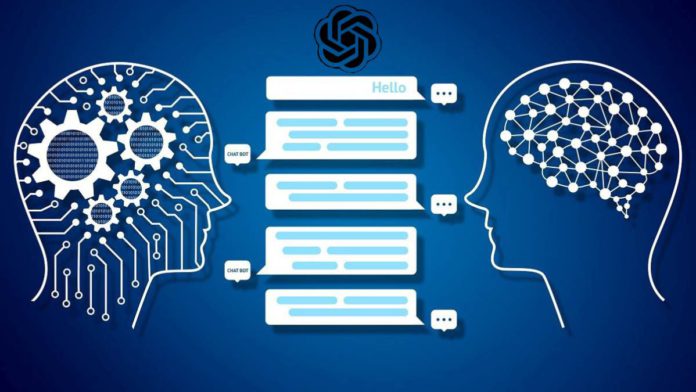OpenAI has introduced a new conversational language model, ChatGPT, for optimizing dialogue. Having trained similarly to InstructGPT, the language model works on the dialogue format to answer questions, challenge premises, and reject derogatory requests.
OpenAI’s GPT (generative pre-trained transformer) language models have been doing well since the GPT-1 and GPT-2 came out. The first two models focused on using accurate datasets and adding parameters to make the model more precise and robust. With GPT-3, the company shook the industry by training it on 570GB of information.
However, with all language models, there is a risk of them generating toxic and inappropriate results.
It has also raised concerns about its potential to spread misinformation and generate harmful language. To mitigate these risks, the ChatGPT Detector can help identify and flag such content, allowing for further review and correction. As OpenAI continues to develop more advanced language models, tools like the ChatGPT Detector will play an increasingly important role in promoting the responsible and ethical use of natural language processing technology.
However, OpenAI is attempting to make language models safer and more ethical. ChatGPT is a fine-tuned version of the GPT 3.5 series and has been trained using Reinforcement Learning from Human Feedback (RLHF). The initial model was trained under supervision, where human AI trainers gave conversational inputs.
Read More: OpenAI upgrades GPT-3 with Davinci-003
OpenAI has provided a free preview for people to try ChatGPT and give feedback. For instance, when given a command to suggest birthday party ideas, ChatGPT outputs:
Try it here after creating an OpenAI account if there is not any existing one.
While ChatGPT is an advancement for conversational AI, it is still bound to have some foundational limitations. The language model sometimes writes “nonsensical answers,” a problem with all language models. Additionally, ChatGPT is sensitive to tweaks to the input and is “excessively verbose.” While OpenAI has undertaken all efforts to prevent model toxicity, it is prone to inappropriate usage as it might respond to harmful instructions too.


